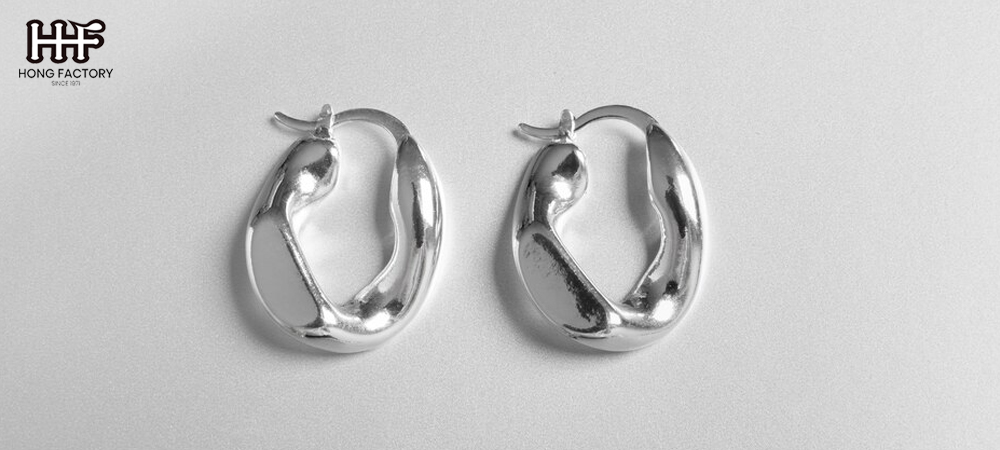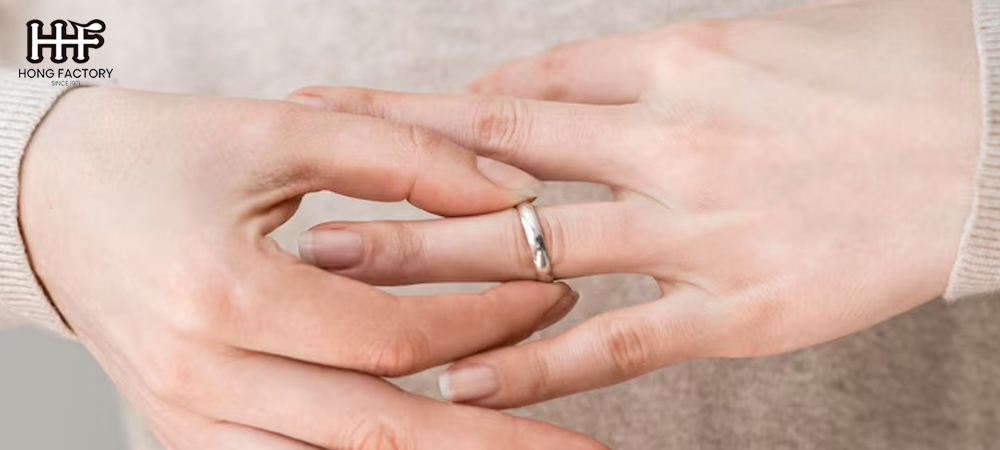Silver has been prized for its beauty and value for thousands of years, adorning everything from jewelry to tableware. However, not all silver is created equal. When shopping for silver items, you may have encountered the terms “sterling silver” and “silver,” but do you know the difference between them? In this comprehensive guide, we’ll explore the question : what is the difference between sterling silver and silver? Understanding the distinctions between these two types of silver is crucial for anyone interested in purchasing, collecting, or working with silver.
What is Silver?
Silver is a naturally occurring precious metal known for its lustrous appearance and high conductivity. It is a chemical element with the symbol Ag (from the Latin word “argentum”) and atomic number 47. Pure silver, also known as fine silver, is 99.9% silver, making it extremely soft and malleable. This softness makes pure silver unsuitable for items that require durability, such as jewelry and utensils.
Key Characteristics of Pure Silver
Purity : 99.9% silver
- Softness : Highly malleable and prone to scratching and bending
- Uses : Primarily in investment (bullion coins and bars), high-end electronics, and certain industrial applications
What is Sterling Silver?
Sterling silver is an alloy, meaning it is a mixture of metals. It consists of 92.5% silver and 7.5% other metals, typically copper. The addition of copper enhances the strength and durability of the silver, making it more suitable for everyday use.
Key Characteristics of Sterling Silver :
- Purity : 92.5% silver and 7.5% other metals (usually copper)
- Durability : Stronger and more durable than pure silver
- Uses : Commonly used in jewelry, cutlery, and decorative items
Composition and Markings
One of the easiest ways to distinguish between pure silver and sterling silver is by looking at the markings. Pure silver items are often stamped with “999” or “99.9,” indicating their high level of purity. Sterling silver items, on the other hand, are typically marked with “925” or “92.5,” reflecting their composition.

Differences Between Sterling Silver and Pure Silver
- Durability
One of the primary differences between sterling silver and pure silver is durability. Pure silver is soft and can easily become scratched or misshapen. In contrast, sterling silver’s added metals, usually copper, provide greater strength and durability, making it more suitable for items that undergo frequent use or wear.
- Appearance
Both sterling silver and pure silver have a bright, shiny appearance, but sterling silver tends to maintain its luster longer due to its increased hardness. Pure silver, being softer, may show signs of wear more quickly.
- Tarnishing
Sterling silver tarnishes more readily than pure silver because the added metals, especially copper, react with sulfur and moisture in the air. Pure silver is less prone to tarnishing but is still not completely immune to it. Regular cleaning and proper storage can help maintain the appearance of both types of silver.
- Hallmarks and Stamps
To identify sterling silver, look for hallmarks such as “925” or the word “sterling” stamped on the item. Pure silver items may be marked with “999” or “fine silver.” These markings indicate the metal’s composition and can help you distinguish between sterling silver and pure silver items.
What are the main benefits of using sterling silver over pure silver
Sterling silver offers several advantages over pure silver, making it a preferred choice for many applications, especially in jewelry and household items.
- Durability and Strength
Sterling silver is more robust and durable than pure silver due to the addition of other metals like copper. This makes it less prone to damage and better suited for items that undergo frequent use, such as jewelry and cutlery.
- Affordability
Sterling silver is less expensive than pure silver because it contains only 92.5% silver, with the remaining 7.5% being less costly metals. This makes it a more economical option while still maintaining a high-quality appearance.
- Versatility
The added metals in sterling silver make it easier to shape and work with, allowing for a wider variety of designs and applications. This versatility means there are more sterling silver products available on the market compared to pure silver.
- Hypoallergenic Properties
Sterling silver is generally hypoallergenic, especially when it does not contain nickel. This makes it a good option for people with sensitive skin or metal allergies.
- Maintenance and Longevity
Sterling silver, if properly cared for, can last a lifetime. Regular use and proper storage can help prevent tarnishing, and it is relatively easy to clean and maintain.
- Health Benefits
Some studies suggest that wearing sterling silver can have health benefits, such as improving circulation and alleviating symptoms of arthritis

What makes sterling silver more affordable than pure silver
Sterling silver is more affordable than pure silver primarily due to its lower silver content and the inclusion of less expensive metals in its composition. Here are the key factors
- Silver Content : Pure silver, also known as fine silver, is composed of 99.9% silver, making it more valuable and costly. In contrast, sterling silver is an alloy containing 92.5% silver and 7.5% other metals, typically copper, which reduces the overall cost of the material.
- Material Costs : The metals added to sterling silver, such as copper, are significantly less expensive than silver. This reduction in the proportion of pure silver lowers the cost of producing sterling silver items.
- Market Availability : Sterling silver is more commonly used in jewelry and other items due to its enhanced durability and practicality. This widespread use increases its availability and helps keep prices lower compared to the rarer pure silver items
The amount of money required and the long amount of time it takes to produce it in order to make it truly attainable.
Conclusion
What is the differences between sterling silver and pure silver can help you make informed decisions when purchasing and caring for silver items. While pure silver boasts higher purity and a lustrous appearance, its softness makes it less suitable for everyday use. Sterling silver, with its enhanced durability and resistance to tarnishing, is a popular choice for jewelry, tableware, and decorative items. By recognizing these differences and following proper care practices, you can ensure that your silver items remain beautiful and valuable for years to come.

